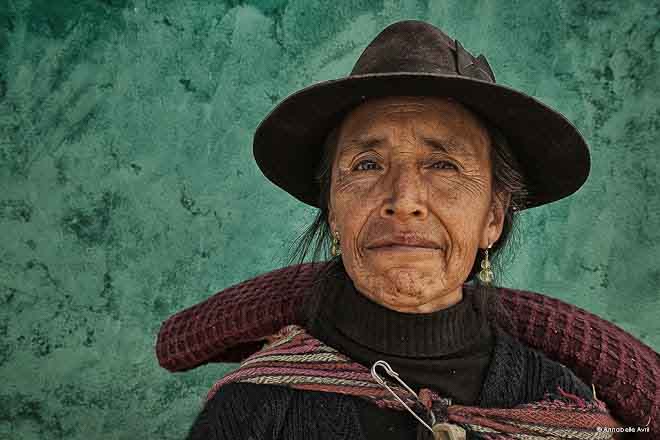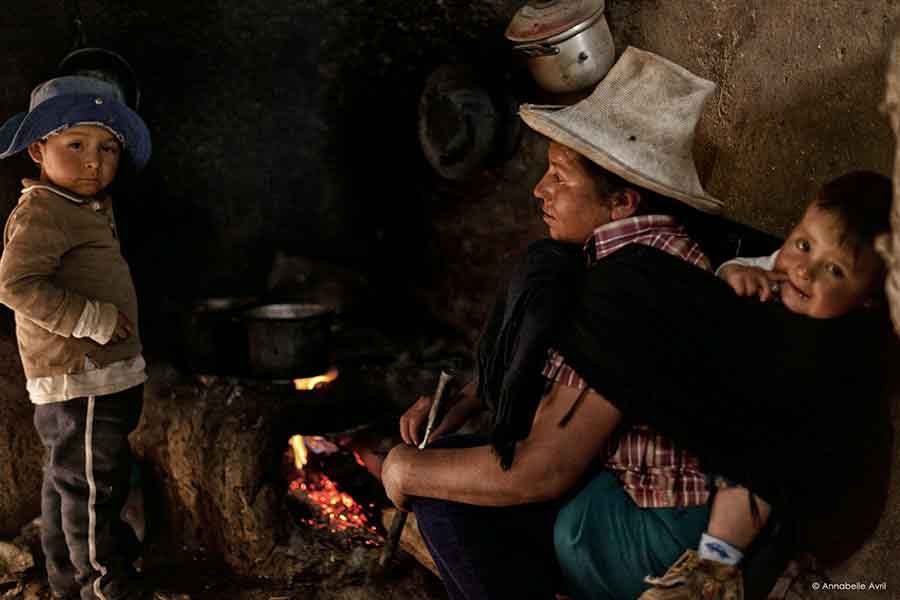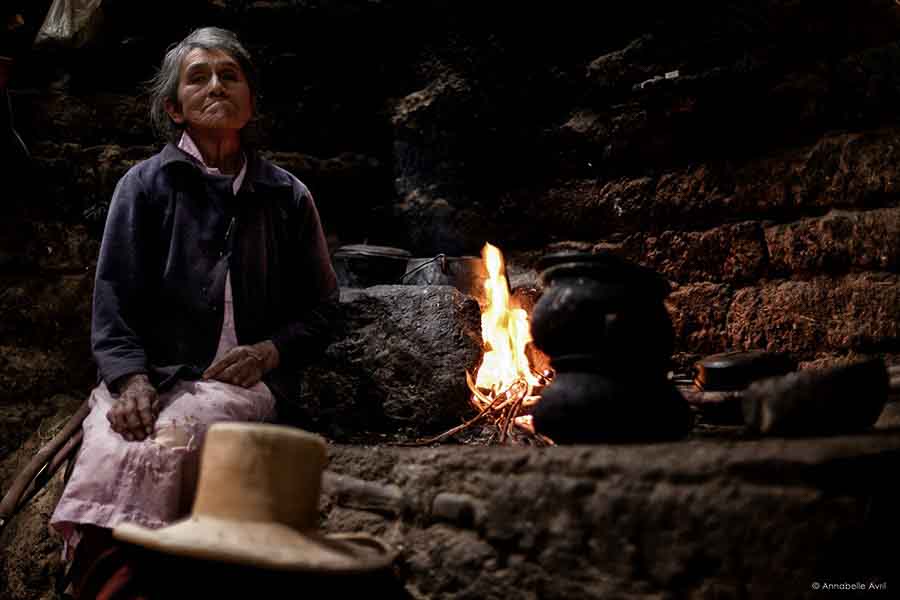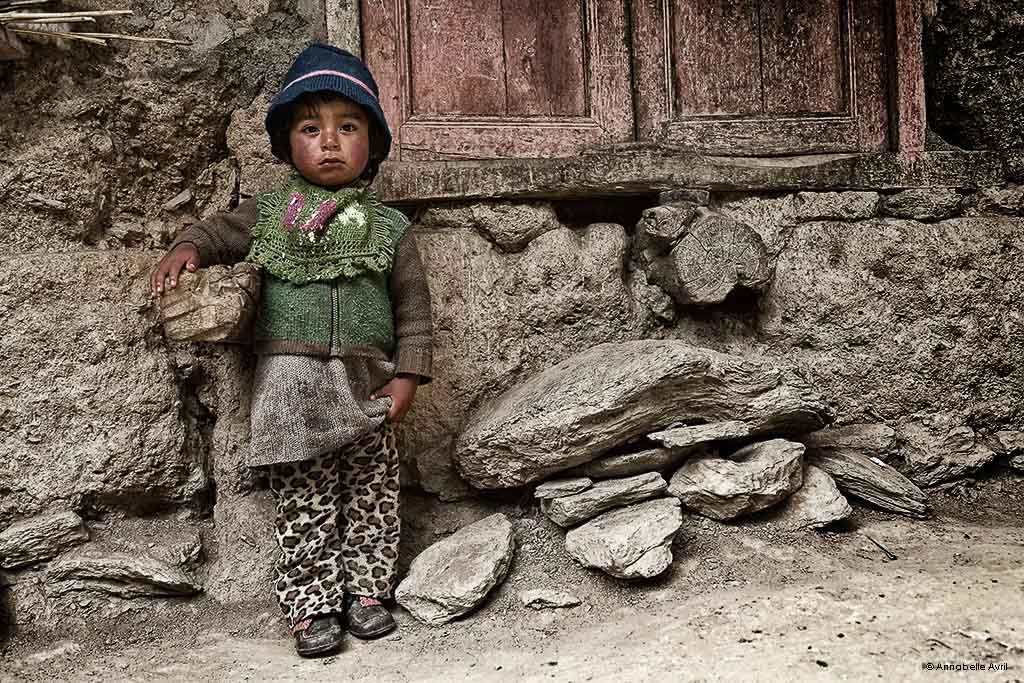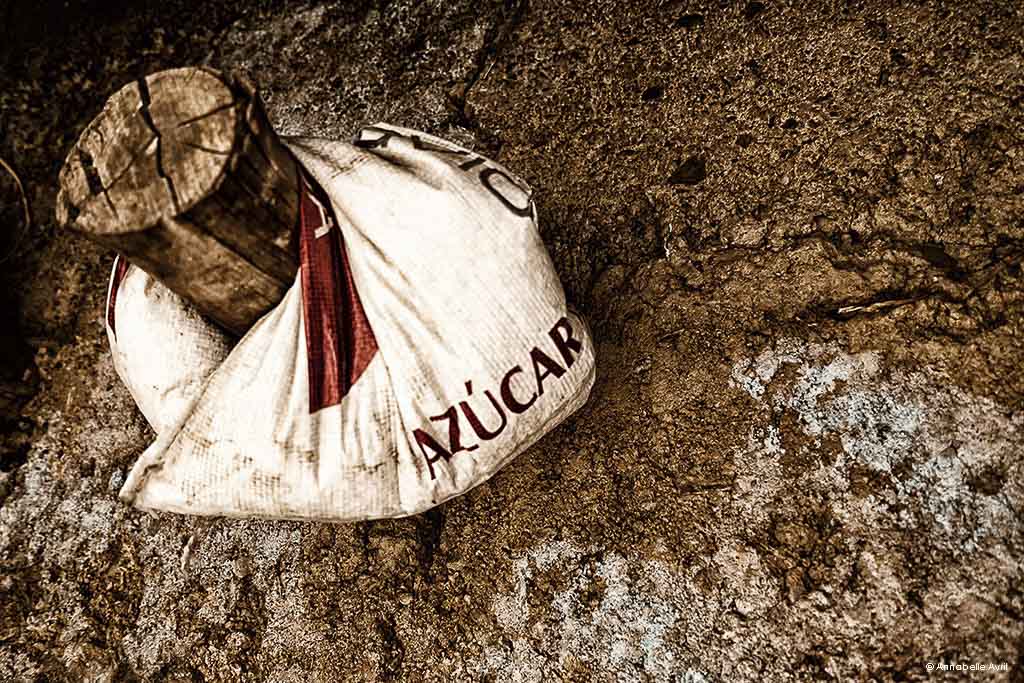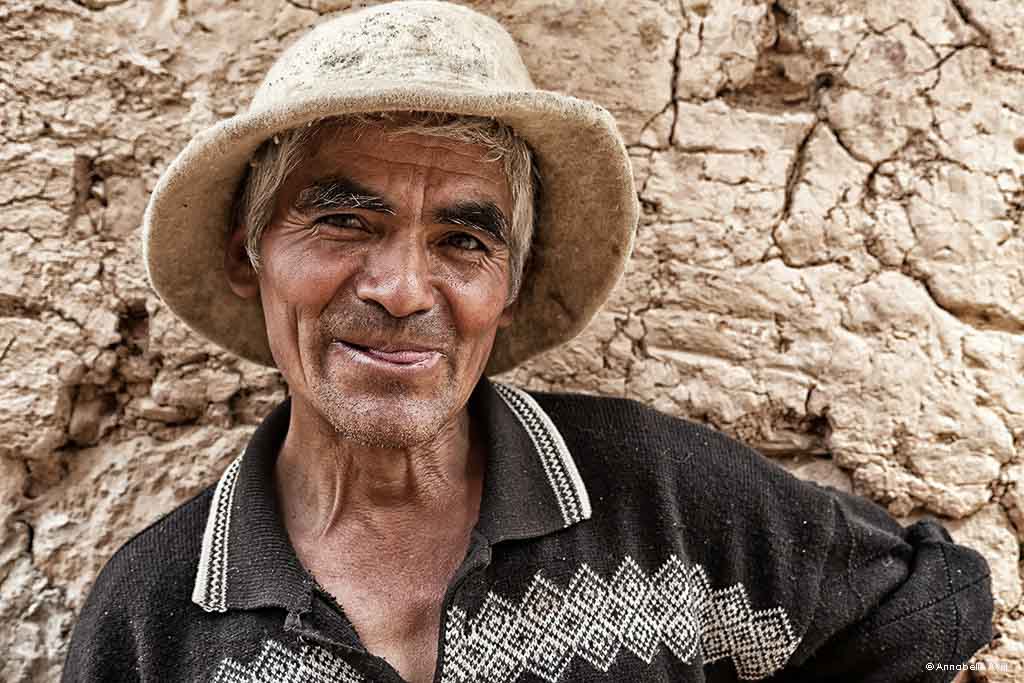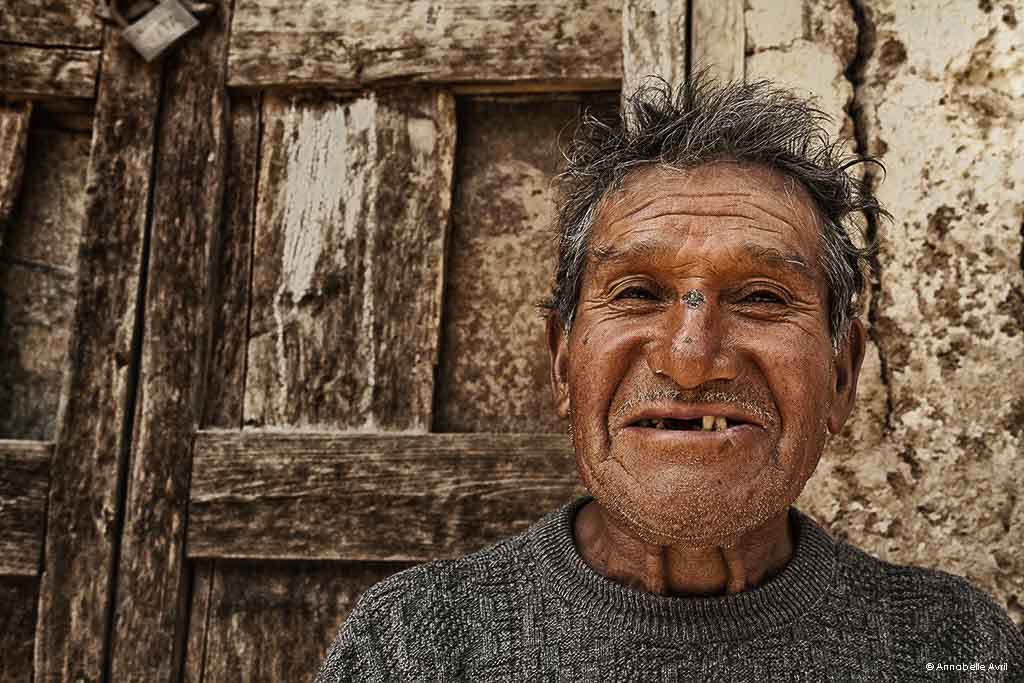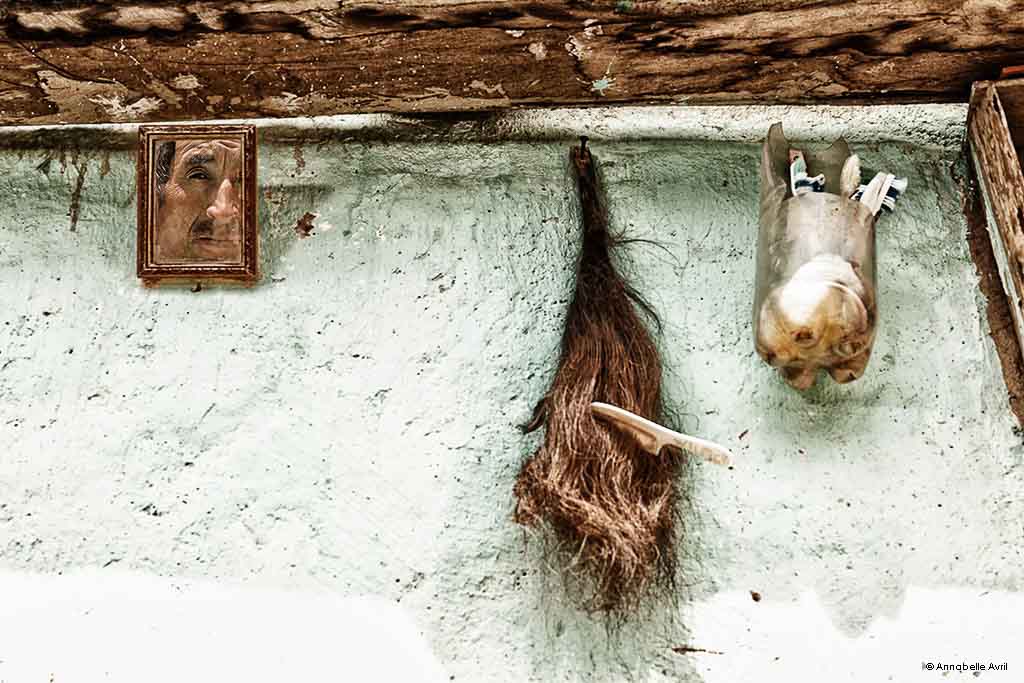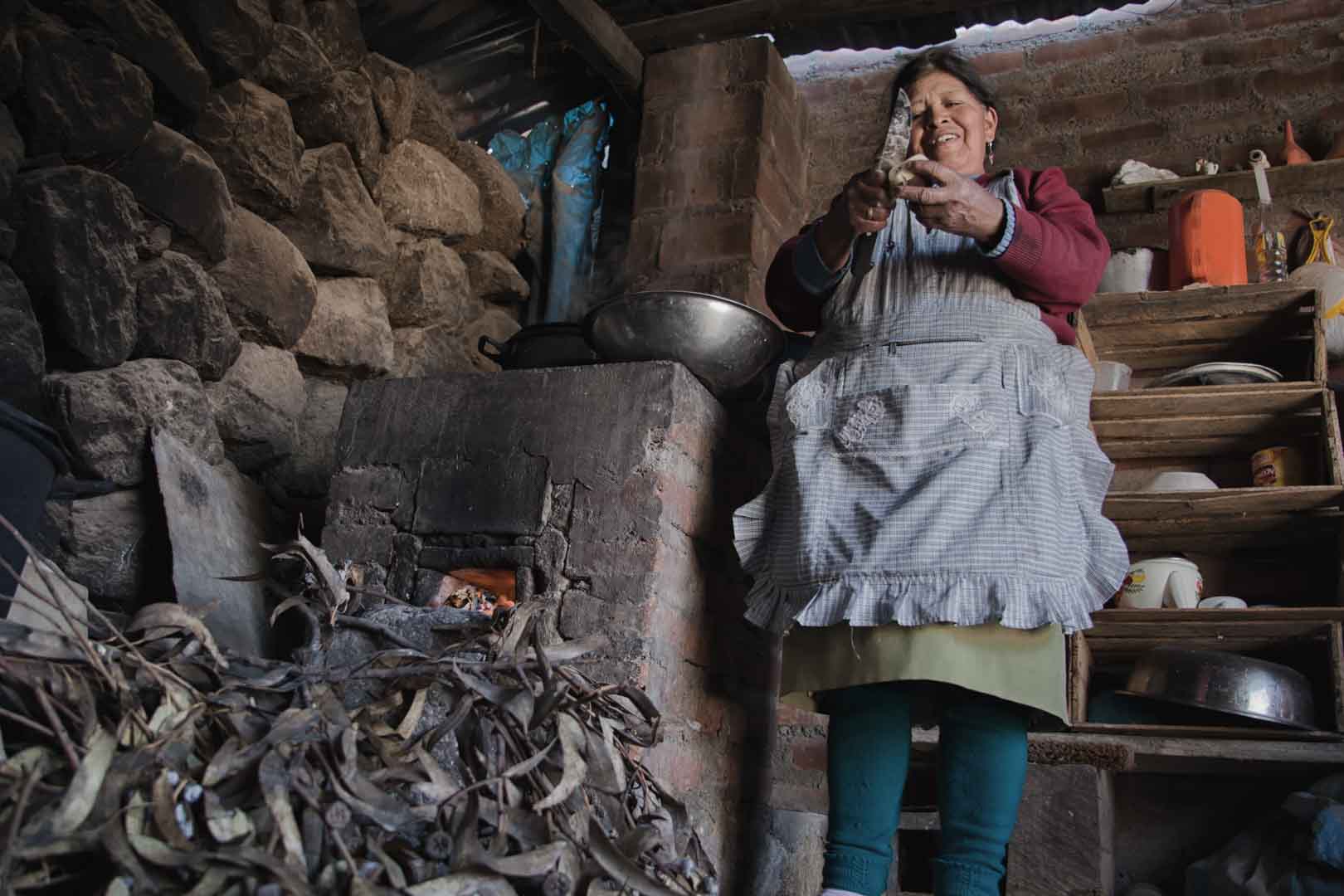Less smoke, better health: How improved cookstoves save lives
Each year, more than 4 million people, among the poorest in the world, die from exposure to toxicfumes from the use of inefficient, polluting and hazardous traditional three stones fire. The ones first affected by severe respiratory and eye diseases are women and young children.
In response to this alarming situation, Microsol developed the Qori Q’oncha program that works for over 10 years andsupports the dissemination and sustainability of more than 100,000 improved cookstoves in poor rural areas of Peru. It was the first Programme of Activities registered with the Gold Standard quality label. Currently Qori Q’oncha is the most advanced in the world: 106,056 improved cookstoves have been installed and it benefits 493,277 persons living in poverty. It has generated three carbon credits issuances, corresponding to USD 5.5 million given to the partners for the sustainability of their projects. It currently includes projects of 6 projects developers in nine regions of Peru: Piura, Cajamarca, La Libertad, Huánuco, Cusco, Huancavelica, Arequipa, Moquegua y Tacna.

According to a statistic from the World Health Organization (WHO, 2024) around a third of the global population still relies on unsafe and environmentally harmful cooking methods. This includes, for example, cooking over open fires or using polluting cooking fuels, such as coal or kerosene. Improved cookstoves tackle this problem by using thermal energy more efficiently.
Depending on the model, an improved cookstove can reduce fuel consumption by up to 70 percent, which significantly saves CO2 emissions and can lower the pressure on local forests as less firewood needs to be harvested.
Improved cookstove projects allow the distribution of the - often simple - devices made from metal or clay to households, small enterprises or community facilities. Especially for households, this has an impact beyond the CO2 reduction: better indoor air quality decreases respiratory diseases and families can save time and money as less fuel is needed. Improved cookstoves projects in the ClimatePartner portfolio are registered with international standards.
Explore our projects
Biochar for Climate Action, Healthy Soils, and Better Harvests

A certified climate project combined with additional commitment

Expansion of renewable energy generation in Asia

Ceramic water filters save CO2 and improve health

Improved cookstoves worldwide – for better health and cleaner air

A certified climate project combined with additional commitment

Powering access to renewable energy in Africa

A certified climate project combined with additional commitment

Restored ecosystems remove carbon

Turning degraded farmlands into healthy ecosystems

Improved cookstoves - better for health and the environment








